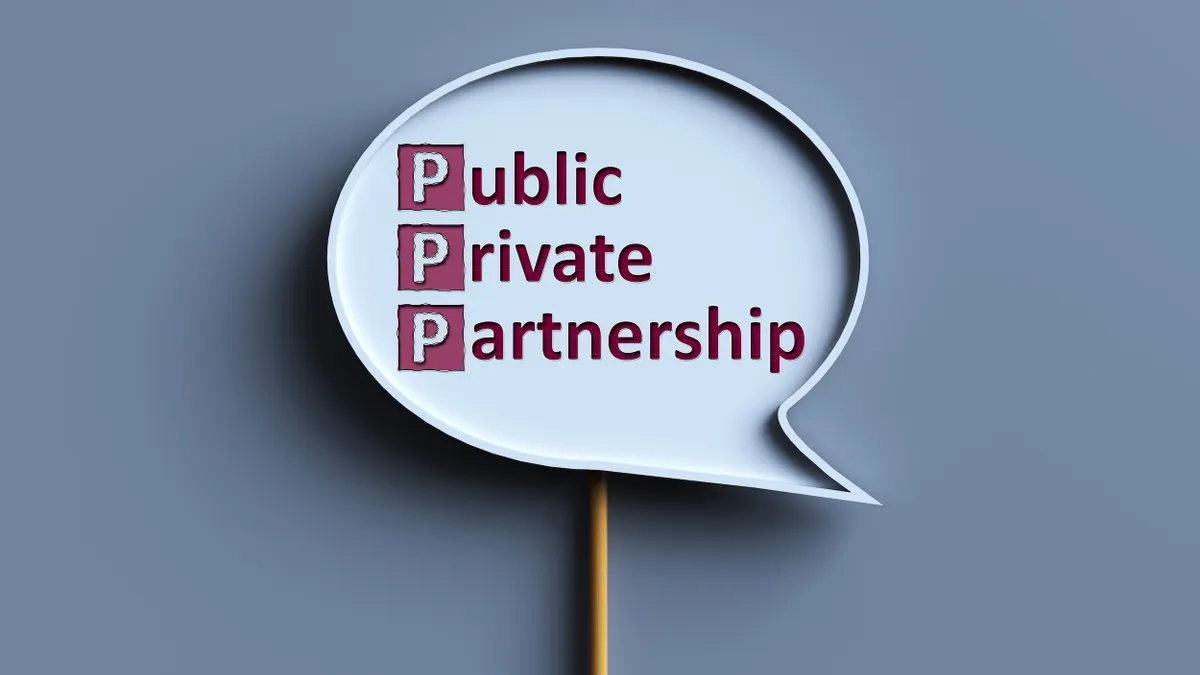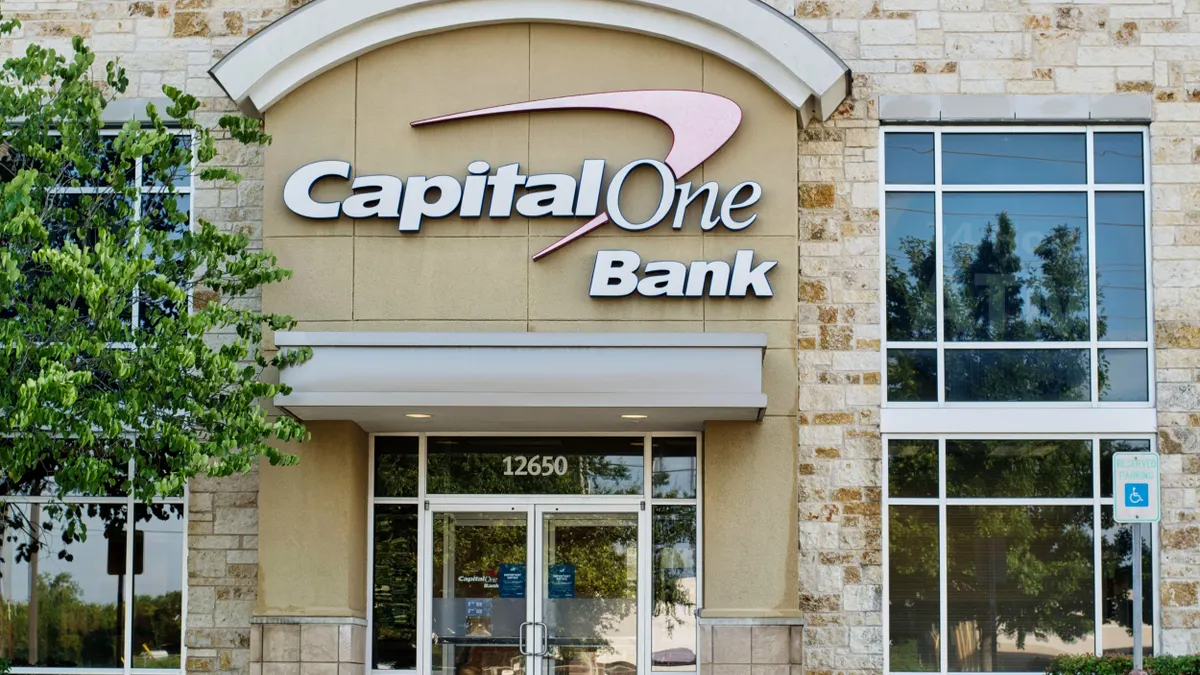Debra Lam is the founding executive director of the Atlanta-based Partnership for Innovation.
Periods of economic uncertainty have always tested the resilience of public institutions, but they have also been moments of incredible reinvention. More than half of the companies on the Fortune 500 list in 2009 were founded during a recession or bear market. These businesses were born not out of abundance, but out of necessity, when the only way forward was to think differently and build smarter.
The same opportunity exists for local governments today. Tight budgets, rising public expectations and growing complexities are pushing leaders to do more with less. This is not the time to retreat from innovation. It is the time to reimagine how it happens.
Understandably, many government leaders are cautious. But total risk aversion only leads to stagnation. The question is not whether to take risks, but how to manage them. That is where public-private partnerships come in. These collaborations allow government agencies to share responsibility, combine resources and leverage private-sector capabilities. They help test and deliver much-needed services without requiring public agencies to shoulder the entire burden. More importantly, they offer a model of innovation that is both efficient and scalable.
At the Partnership for Innovation, we see this every day in communities across Georgia and the Southeastern U.S. One of the projects our Community Research Grant program supports is in Millen, Georgia, a region known for its cotton farming. Local leaders recognized that excessive pesticide use was creating long-term environmental and public health concerns for nearby residents.
The city is now working with Georgia Southern University, the University of Georgia Cooperative Extension Southeast District Area, Jenkins County High School, Statesboro High School, and a California-based company, FarmSense, to pilot an AI-powered pest detection system that delivers real-time insect data to farmers. With more accurate insights, farmers can target pesticide applications only when and where they are truly needed.
This project shows that matching local insight with the right expertise — including partners in higher education and emerging technology from the private sector — can result in innovative responses to complex challenges that make the most of limited resources.
For policymakers ready to put this approach into practice, here are a few tips:
• Use partnerships as a policy tool. Don’t look at partnerships as one-time solutions. They are strategic assets and should be embedded into how governments approach problem-solving. Local leaders can be proactive in identifying partners that share similar goals. This includes universities, nonprofits, startups and corporations. Formalizing a partnership framework allows governments to assess opportunities and make sure that the public interest remains at the center of every initiative. When partnerships are treated as policy infrastructure, they become sustainable levers for long-term innovation.
• Leverage local academic institutions. Many communities have untapped innovation capacity just down the road. Colleges and universities are not only hubs of research but also training grounds for the next generation of public service professionals. By building structured relationships with academic institutions, governments can access data analysis, technical expertise and student talent that directly supports community needs. Involving higher education partners also strengthens accountability, as these institutions are deeply invested in local outcomes. Nurturing these relationships can yield fresh ideas, credible research and real-world results.
• Pilot first, scale later: One of the biggest barriers to innovation is the assumption that change must be large to be meaningful. Piloting small-scale projects allows governments to test assumptions, gather feedback and refine strategies before scaling. This reduces financial risk and builds public trust by demonstrating results early on. A successful pilot serves as proof of concept that can attract additional funding and support. When a program works on a small scale, it is easier to justify expanding it.
Public-private partnerships are not a quick fix. They are an intentional, effective approach to governance that helps communities deliver on their goals even when budgets are tight. By aligning public purpose with private capability, and by using innovation to solve real problems, governments can lead with both accountability and ambition. The communities that succeed will be those that see partnerships not as a last resort, but as a core part of how public service gets done.
Commentary is a space for state and local government leaders to share best practices that provide value to their peers. Email Smart Cities Dive to submit a piece for consideration, and view past commentaries here.










